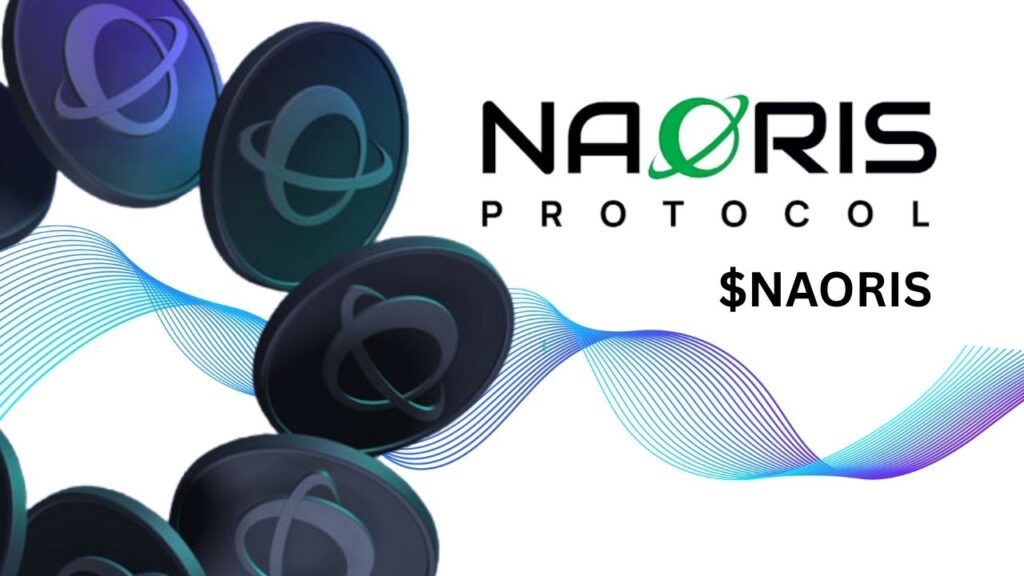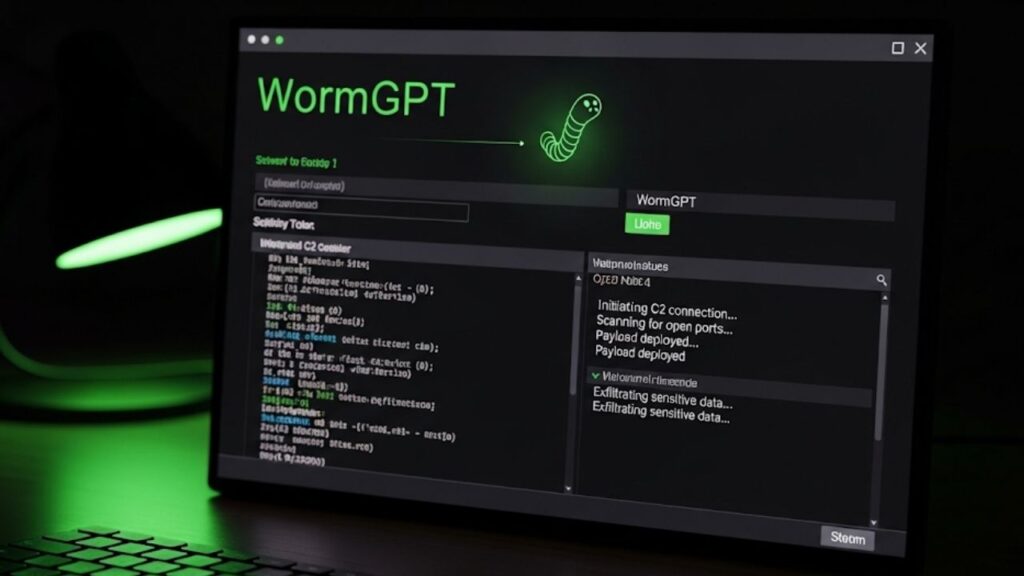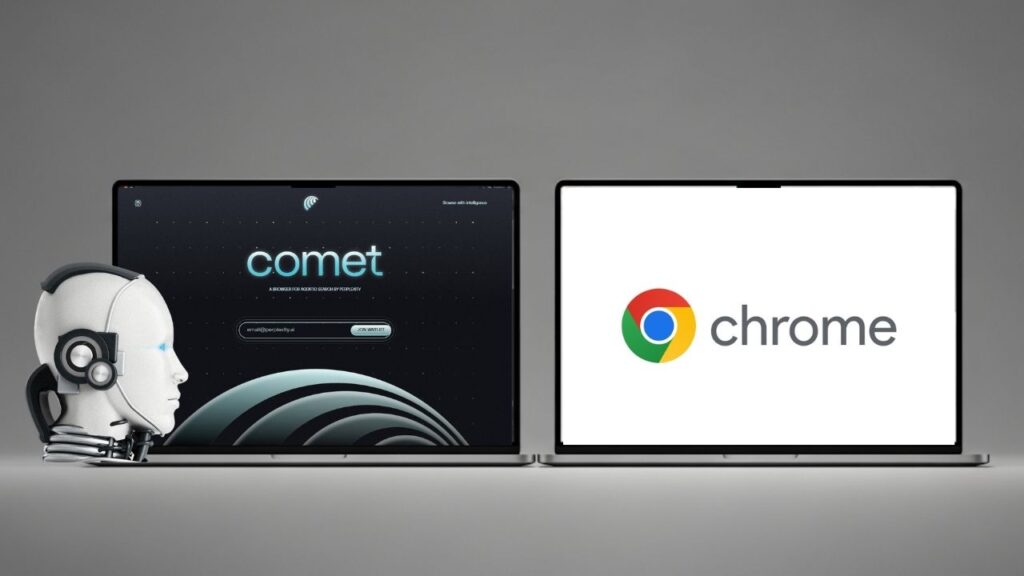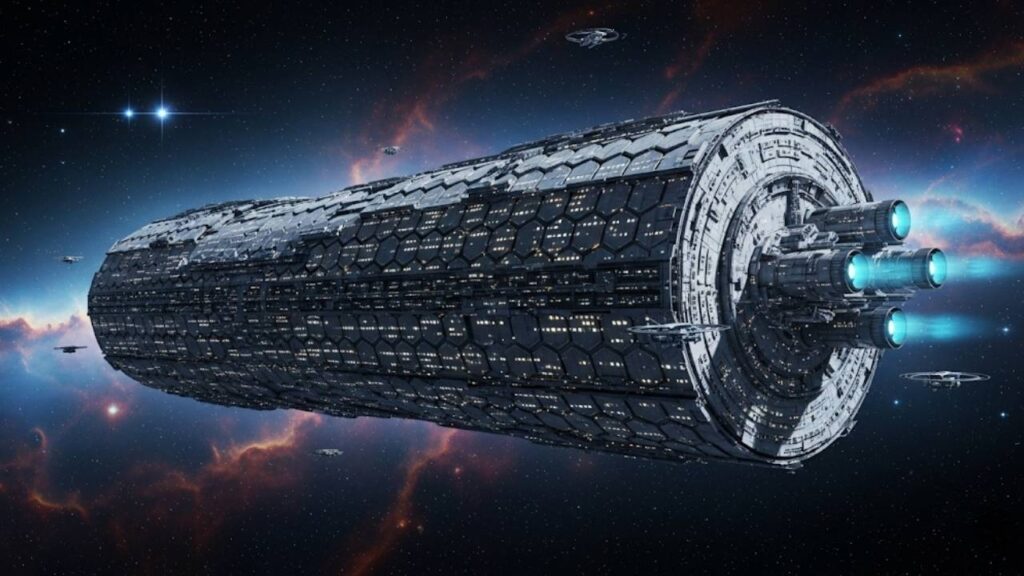A SpaceX Falcon 9 rocket stood just 11 seconds from blasting off from Cape Canaveral Space Force Station in Florida on Monday, July 21, 2025, when the launch director’s urgent “Hold, hold, hold!” crackled through mission control. The mission: send two advanced O3b mPOWER satellites into medium Earth orbit (MEO) for Luxembourg-based SES, a global leader in satellite communications. Instead, the countdown stopped—abruptly and mysteriously—and the launch was scrubbed.
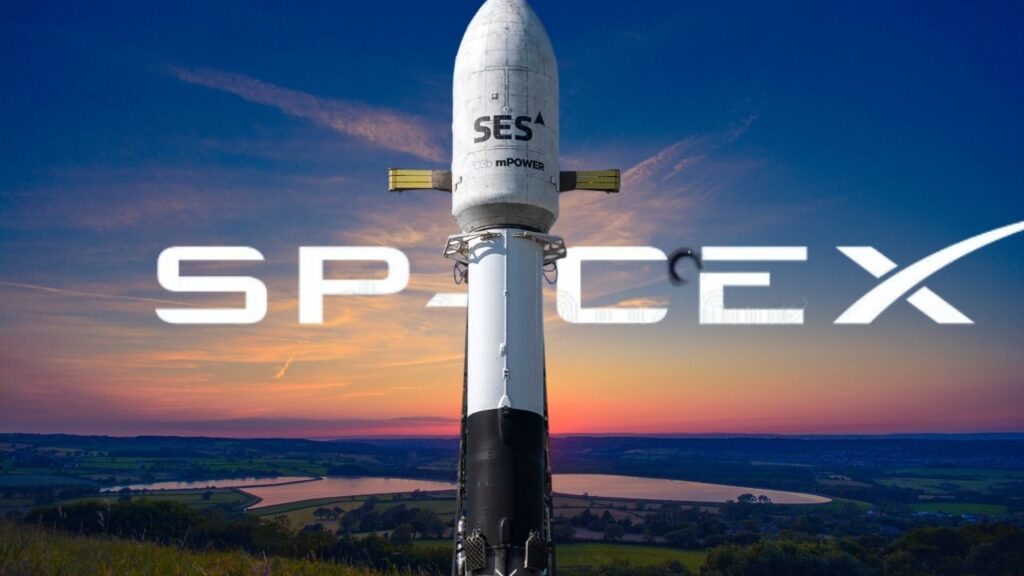
No technical reason was given during the live webcast, and SpaceX later confirmed only that the “vehicle and payload remain healthy” and that the next attempt would be Tuesday, July 22. So, what exactly happened? Why do scrubs like this occur? And what does this mean for global internet, for SES, and for the future of spaceflight? Let’s break down the story—clearly, accurately, and in a way anyone, from a curious 10-year-old to a seasoned aerospace professional, can understand.
Table of Contents
SpaceX Scrubs Launch With 11 Seconds to Go
| Topic | Key Facts |
|---|---|
| Launch Date | July 21, 2025 (scrubbed); Next attempt: July 22, 2025, 5:12 p.m. ET |
| Launch Site | Space Launch Complex 40 (SLC-40), Cape Canaveral Space Force Station, Florida |
| Payload | O3b mPOWER 9 & 10, two advanced broadband satellites for SES |
| Rocket | Falcon 9, booster B1090-6 (6th flight) |
| Target Orbit | Medium Earth Orbit (MEO), ~5,000 miles above Earth |
| Abort Time | T-minus 11 seconds |
| Reason for Scrub | Not disclosed; “Vehicle and payload remain healthy” |
| Weather Outlook | Monday: 50% go; Tuesday: 25% go (clouds, wind, lightning risks) |
| Recovery Plan | Booster to land on droneship “Just Read the Instructions” in Atlantic |
| Mission Stats | SpaceX’s 92nd launch of 2025; Falcon 9’s 505th orbital flight |
SpaceX’s 11th-hour scrub of the O3b mPOWER mission is a vivid example of the balance between ambition and caution in modern spaceflight. While fans and engineers alike may feel disappointment when a launch is delayed, these decisions reflect a mature, safety-first culture that keeps people and payloads safe. The mission will fly soon—with the world watching.
For SES, each new satellite brings us closer to global connectivity, for the first time promising affordable, high-speed internet to the “other three billion.” For SpaceX, every launch—and every scrub—is a step toward more routine, reliable access to space. And for all of us, each mission is a reminder of what’s possible when technology, teamwork, and tenacity come together.
Why Do Launches Get Scrubbed?
Scrubs—aborts during the countdown—are a routine part of spaceflight. They happen for many reasons: technical glitches, bad weather, safety concerns, or even unexpected boats or planes entering restricted zones. In this case, the countdown stopped at T-minus 11 seconds, which is very close to ignition—showing just how seriously SpaceX takes safety. Even a minor issue can trigger a hold, no matter how much effort has gone into the mission.
Why not tell us why? Sometimes, teams need time to investigate before sharing details. Revealing partial or uncertain information could cause confusion, so it’s better to wait until the facts are clear. Rest assured, professional engineers are reviewing every sensor, switch, and system to ensure a safe next attempt.
The Mission: O3b mPOWER Satellites
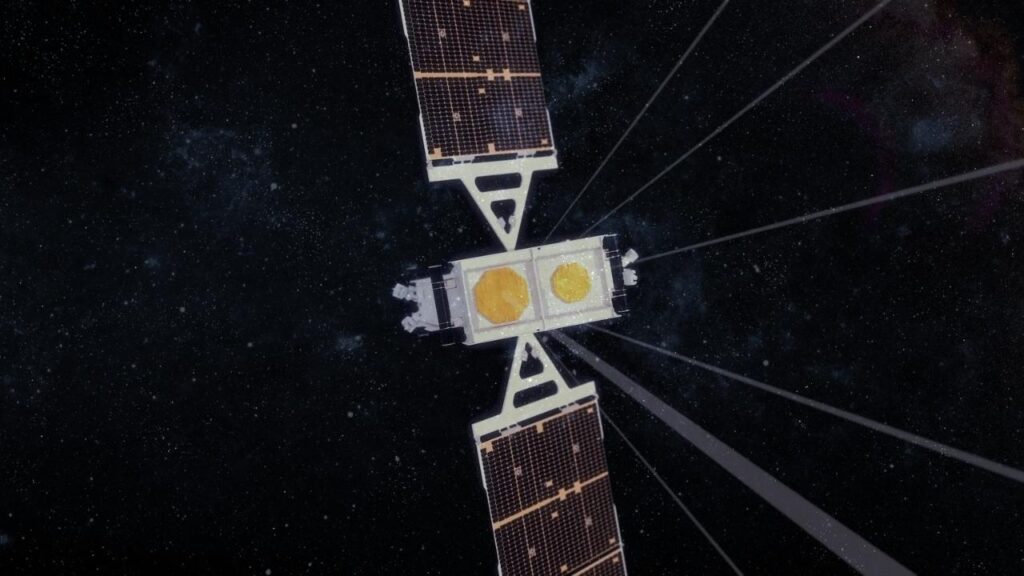
These satellites are part of SES’s O3b mPOWER constellation—a next-generation system designed to deliver high-speed, low-latency internet to places that lack reliable connections, like remote islands, ships at sea, or disaster zones. SES calls this “connectivity for the other three billion”—people left out of the digital revolution.
The system is a major leap over older satellites. Using medium Earth orbit (MEO), these satellites orbit about 5,000 miles up—lower than traditional geostationary satellites, which means less delay and faster speeds for users on the ground. O3b mPOWER combines advanced satellites, smart ground stations, and powerful software to create a flexible, scalable network for governments, businesses, and even cruise ships.
Step-by-Step: What Happens During a SpaceX Launch Attempt
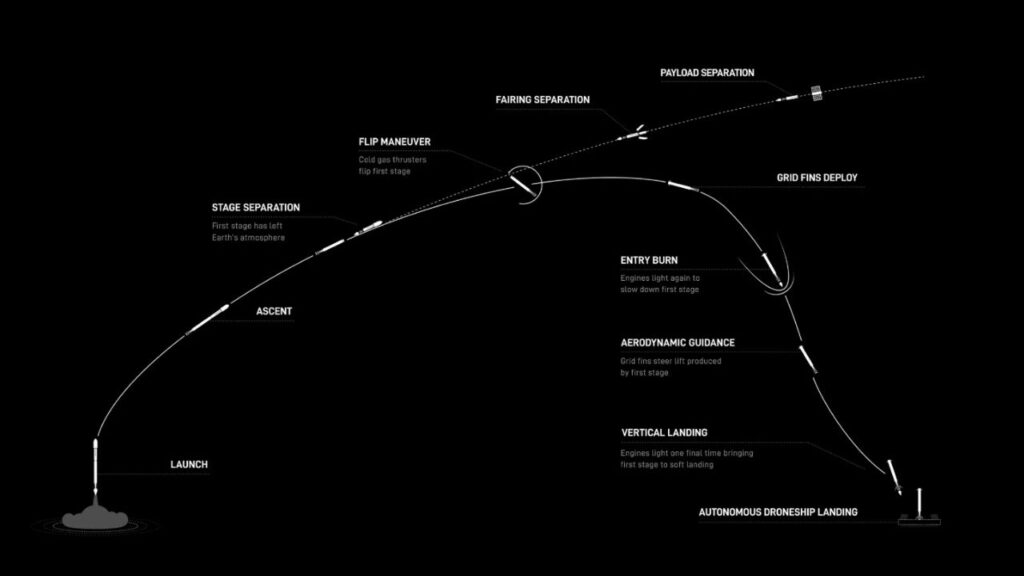
Let’s walk through a typical SpaceX Falcon 9 launch, so you understand what almost happened—and what will happen next.
Pre-Launch Preparation
- Fueling: Hours before launch, the rocket is loaded with super-chilled kerosene and liquid oxygen.
- Final Checks: Engineers monitor thousands of sensors. The weather team watches skies for storms, clouds, or lightning.
- Clear the Area: Boats and planes are kept out of the safety zone.
Countdown Sequence
- T-10 Minutes: Final systems checks.
- T-1 Minute: Rocket switches to internal power; all systems “go” for launch.
- T-30 Seconds: Range safety is verified.
- T-10 Seconds: The famous “go for main engine start” call is made—or, as in this case, a “hold” if something’s wrong.
At T-0…
- Ignition: Engines roar to life, and the rocket lifts off.
- Ascent: The first stage burns for about two and a half minutes, then separates.
- Second Stage: Takes over, delivering the satellites to their target orbit.
- Landing: The first stage returns to Earth for a pinpoint landing on a droneship in the ocean.
Satellite Deployment
- About two hours after launch, the satellites are released into their correct orbits.
- SES then begins testing and integrating them into their global network.
What Went Wrong?
The exact reason for this scrub is still unknown. SpaceX has not shared technical details, but scrubs this close are usually due to a last-second sensor reading, a procedural hiccup, or a range safety concern. Weather was marginal but not the stated reason for this abort. The key point: teams are trained to catch any anomaly, even if it seems tiny to outsiders.
What Comes Next?
SpaceX quickly scheduled a new launch window for Tuesday, July 22, starting at 5:12 p.m. ET. The weather forecast, however, is worse, with only a 25% chance of acceptable conditions due to cloud cover, wind, and lightning risks. Teams will again perform all checks, hoping for a clear shot.
If weather scrubs again, the launch could slip further, but SpaceX and SES are prepared for multiple attempts. This flexibility is one reason commercial spaceflight is thriving—companies can “roll with the punches” and keep trying until conditions are right.
Why This Mission Matters for Professionals—and the Planet
For space professionals, every launch is a test of engineering, teamwork, and resilience. Each scrub is a reminder that space is hard, and that even the most experienced teams face setbacks. Yet, each return to flight demonstrates the robustness of modern systems and the value of a rigorous safety culture.
For the world, SES’s O3b mPOWER satellites promise to connect millions who lack reliable internet, bridging the digital divide. Businesses, governments, and remote communities will benefit from faster, more reliable connections—enabling everything from telehealth and education to disaster response and global commerce.
SpaceX Launches UK Satellite to Manufacture Semiconductors in Space for Quantum Tech
Astronomers Uncover Strange Radiation Patterns That May Rewrite Cosmic Theories
James Webb Telescope Captures First Clear Image of an Exoplanet—Why Scientists Are So Excited
FAQs About SpaceX Scrubs Launch With 11 Seconds to Go
Q: Why did SpaceX stop the launch at 11 seconds?
A: The exact reason hasn’t been shared. It could be a technical issue, a procedural concern, or a safety-related sensor reading. SpaceX emphasized that both the rocket and satellites are healthy, which suggests the problem was caught early and is fixable.
Q: How often do scrubs happen?
A: Quite often. Scrubs are a routine part of rocket launches. SpaceX, NASA, and other providers expect them—sometimes several in a row if weather or technical issues persist.
Q: Will the satellites be reused if the launch is scrubbed multiple times?
A: The satellites and rocket are designed for repeated launch attempts. As long as conditions remain safe, teams will try again until success.
Q: What happens to the rocket after a scrub?
A: Fuel is removed, systems are rechecked, and the rocket is secured for the next attempt. Teams work around the clock to prepare for the next window.
Q: How can I watch the next launch attempt?
A: SpaceX provides live webcasts about 15 minutes before liftoff on their official website and YouTube channel. Check the SpaceX Launches page for the latest updates.
Q: What is the O3b mPOWER constellation for?
A: These satellites provide high-speed, low-latency internet to remote and underserved regions, supporting governments, businesses, and communities worldwide.
Personal Insights from a Space Professional
Having worked in aerospace for over a decade, I’ve seen firsthand how scrubs are part of the process. Some of the most successful missions I’ve supported had multiple delays before finally launching. Experience teaches us that patience and attention to detail save missions—and sometimes lives. To anyone inspired by spaceflight, remember: setbacks are temporary, but the lessons they teach last a lifetime.


